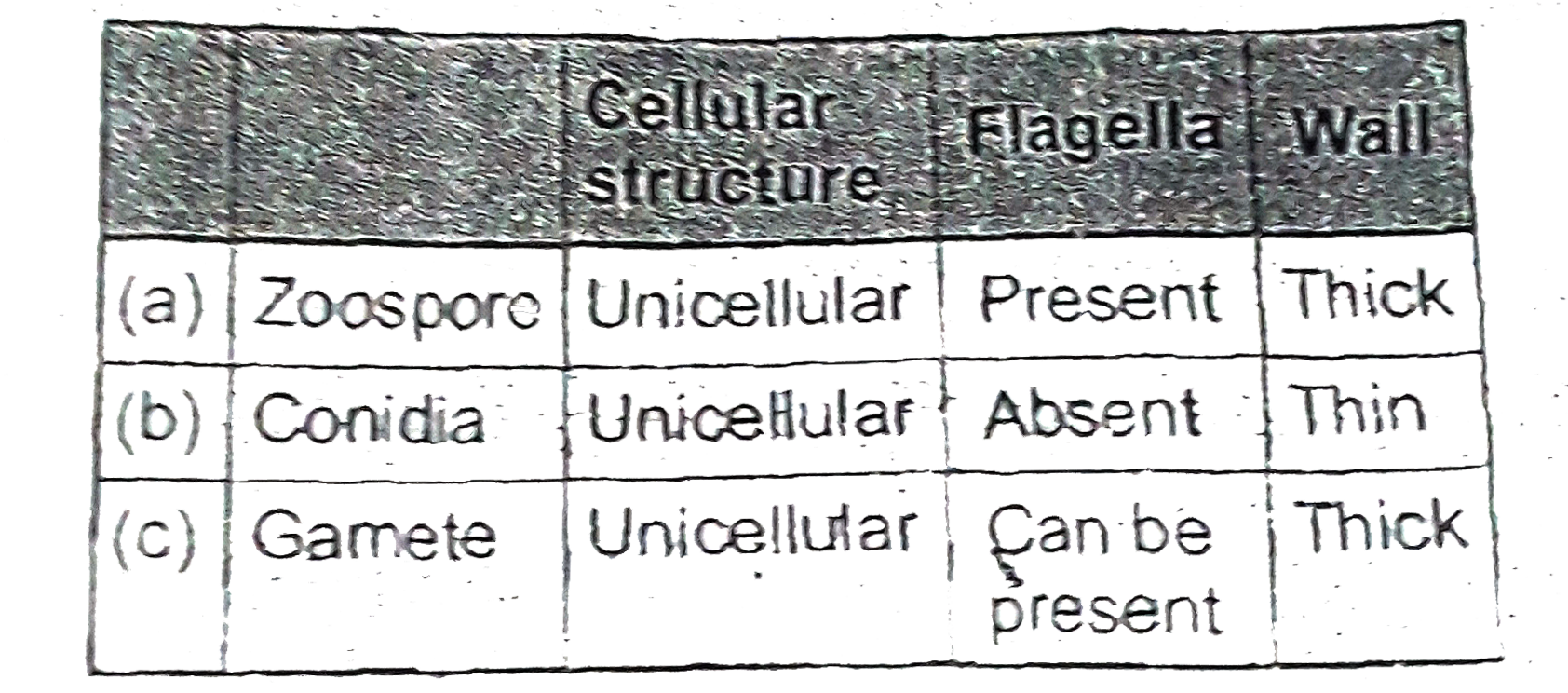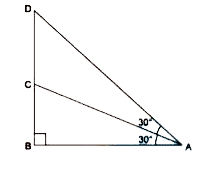Choose correct option out of following with increase in n
where T is time period and v is velocity of an electron.
T increases and v decreases
T and v decreases
T decreases and v increases
T and v both decrease
To solve the problem, we need to analyze how the time period (T) and velocity (v) of an electron change as the principal quantum number (n) increases.
1. Understanding the Velocity of an Electron:
The velocity of an electron in the nth orbit is given by the formula:
vn=Znv0
where v0 is a constant (approximately 2.2×106m/s) and Z is the atomic number. As n increases, the term 1n decreases, which means the velocity vn decreases.
Hint: Remember that as n increases, the fraction 1n gets smaller, leading to a decrease in velocity.
2. Understanding the Radius of the Orbit:
The radius of the nth orbit is given by:
rn=n2Zr0
where r0 is a constant (approximately 0.529Å). As n increases, rn increases because it is proportional to n2.
Hint: The radius increases with the square of n, indicating that electrons are further from the nucleus in higher orbits.
3. Calculating the Time Period (T):
The time period T can be calculated using the formula:
T=CircumferenceVelocity=2πrnvn
Substituting the expressions for rn and vn:
T=2π(n2Zr0)(Znv0)=2πn3r0Z2v0
From this equation, we can see that T is directly proportional to n3.
Hint: The time period increases with the cube of n, indicating that higher orbits take longer to complete a revolution.
4. Conclusion:
- As n increases, the time period T increases.
- As n increases, the velocity vn decreases.
Thus, the correct option is that with an increase in n, the time period increases and the velocity decreases.
Final Answer:
- Time Period (T): Increases
- Velocity (v): Decreases
Correct Option: Option A is correct.
The velocity of an electron in the nth orbit is given by the formula:
vn=Znv0
where v0 is a constant (approximately 2.2×106m/s) and Z is the atomic number. As n increases, the term 1n decreases, which means the velocity vn decreases.
The radius of the nth orbit is given by:
rn=n2Zr0
where r0 is a constant (approximately 0.529Å). As n increases, rn increases because it is proportional to n2.
The time period T can be calculated using the formula:
T=CircumferenceVelocity=2πrnvn
Substituting the expressions for rn and vn:
T=2π(n2Zr0)(Znv0)=2πn3r0Z2v0
From this equation, we can see that T is directly proportional to n3.
- As n increases, the time period T increases.
- As n increases, the velocity vn decreases.
- Time Period (T): Increases
- Velocity (v): Decreases
Similar Questions
Knowledge Check
Choose the correct option from the following :
AIn the electrophilic substitution of toluene with Br2,iron (III) bromide acts as a Lewis acid.BIn the reaction of toluene with Cl2/FeCl3, ortho and para isomers are easily separated.CSimilar reaction with iodine is reversible in nature.DAll of these.Choose the correct option among the following.
 Aii,I,iii,ivBiv,I,iii,iiCI,ii,iii,ivDI,iv,ii,iii
Aii,I,iii,ivBiv,I,iii,iiCI,ii,iii,ivDI,iv,ii,iiiChoose the correct option w.r.t TMV
ACapsomeres are arranged in polyhedral formBPossess non-infectious RNACBeijerinck found that they can pass through bacteria-proof filtersDCrystals consist largely of proteins
Choose the correct options from the following:
View SolutionChoose the correct options from the following:
View SolutionChoose the correct options from the following:
View SolutionChoose correct option out of the following with increase in n.
(a)T increases and v decreases
(b)T and V both increase
(c )T decreases and v increase
(d)T and V both decrease
where T is time period and v is velocity of an electron
View SolutionChoose the correct option w.r.t RNA.
View Solution


